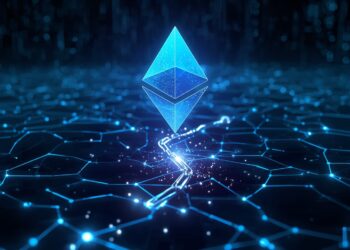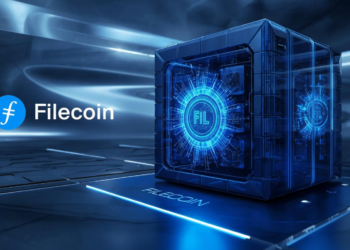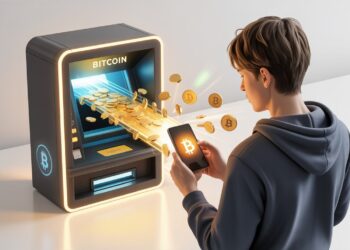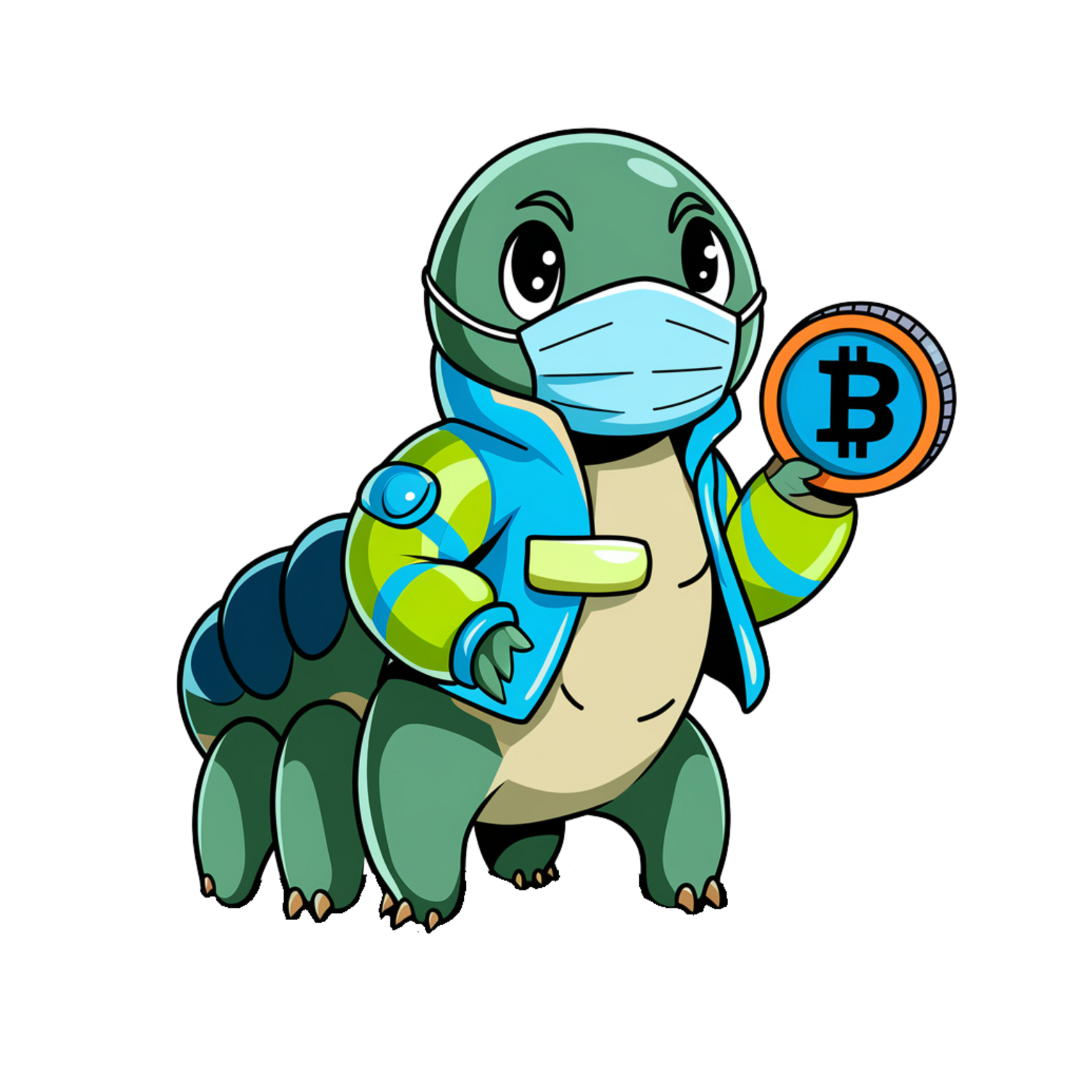Imagine a crypto project suddenly destroys half of its tokens. Boom! The price jumps, and everyone’s talking. This is the power of a coin burn. Coin burning is a process where a certain amount of cryptocurrency tokens are permanently removed from circulation. This act reduces the total supply of the token. In turn, it can increase scarcity. This article gives you a full look at coin burning. It will explore why it’s done, how it works, and what it means for you.
Why Do Projects Burn Coins?
Projects burn coins for a few reasons. Let’s see what they are.
Increasing Scarcity and Value
Think about it. If something is rare, it’s often more valuable. Coin burning aims to do just that. Reducing the total number of available tokens creates artificial scarcity. This scarcity can drive up the price, benefiting token holders. Basic supply and demand principles are at play here. Less supply with the same demand? Higher price.
Proof-of-Burn Consensus
Coin burning isn’t just about scarcity. It’s also part of something called “Proof-of-Burn.” This is a way to verify transactions, like “Proof-of-Work” or “Proof-of-Stake.” In Proof-of-Burn, you burn coins to show you’re committed. It’s an alternative to the energy-intensive Proof-of-Work. It offers a different way to secure the network.
Stabilizing Token Price
Sometimes, a token’s price goes wild. It could be due to many things. For example, too many tokens being released. Projects can burn coins to combat this volatility. By decreasing the supply, they can stabilize the price. This makes the token more attractive to investors. It sends a signal that the project is serious about maintaining value.
How Does a Coin Burn Work?
So, how do you actually burn a coin? It is not like lighting it on fire. It is a digital event.
Sending Tokens to a Burn Address
The most common way to burn coins involves a “burn address.” This is a crypto address that’s inaccessible to anyone. No one has the private key. When tokens are sent to this address, they’re gone forever. It is like throwing something into a black hole. They can’t be recovered.
Smart Contract Implementation
Smart contracts can automate coin burns. These contracts are programmed to burn tokens when certain rules are met. For example, a portion of each transaction fee might be burned automatically. Or, tokens that have been inactive for a long time might be burned. This ensures a consistent and transparent burn process.
Transparency and Verification
Transparency is key to a successful coin burn. Projects should announce burns in advance. They should also provide proof that the burn happened. This is where the blockchain comes in. Every transaction is recorded on the blockchain. Users can verify the burn by checking the burn address.
Examples of Coin Burns
Let’s look at some examples of projects that have burned coins.
Binance Coin (BNB)
Binance, the huge crypto exchange, burns BNB tokens every quarter. These burns reduce the total supply of BNB. The goal? To increase its value. Binance uses a formula to determine how many BNB to burn. This is based on the exchange’s revenue and other factors. These burns have a big effect on the BNB ecosystem.
Shiba Inu (SHIB)
Shiba Inu, the meme coin, also uses coin burns. They have community-driven initiatives to burn SHIB tokens. These burns are often organized by community members. They send SHIB to burn addresses to reduce the circulating supply. This helps make SHIB more scarce.
Other Notable Examples
Many other projects use coin burns. For example, Ripple (XRP) has burned tokens. Terra Classic (LUNC) has implemented burn mechanisms. Each project has its own reasons and methods for burning tokens. Some burn to reward holders. Others want to make their crypto deflationary.
The Impact of Coin Burning
Coin burning can have a big effect on the crypto market.
Price Volatility
In the short term, coin burns can cause price swings. The market may react strongly to the news of a burn. Speculators might buy in anticipation of a price increase. This increased demand can drive the price up quickly. Be careful!
Long-Term Value Appreciation
Over time, reducing the supply of a token can lead to value growth. If demand stays the same, a smaller supply can increase the price. This can benefit long-term holders of the token.
Investor Sentiment
Coin burning can improve how investors feel about a project. It shows the project is focused on the long term. It signals a commitment to sustainability. This can attract more investors. This will boost confidence in the project.
Criticisms and Risks Associated with Coin Burning
Coin burning isn’t perfect. There are drawbacks to consider.
Market Manipulation Concerns
One worry is that coin burning can be used to manipulate the market. Projects with a lot of control over the token supply could burn tokens to create artificial scarcity. This can trick investors. It is important to be aware of this risk.
Limited Long-Term Impact
Some argue that coin burning doesn’t have a lasting effect if the project lacks real value. Burning tokens won’t fix a bad project. A solid foundation is important for long-term success.
Alternatives to Coin Burning
There are other ways to manage token supply. Staking rewards can incentivize holding tokens. Token buybacks use profits to buy back and retire tokens. These options offer different approaches to supply management.
Conclusion
Coin burning is a tool to reduce token supply. It can increase scarcity and potentially drive up value. It’s not without risks. You should understand the pros and cons. Coin burning will continue to be a part of the crypto world. Projects will keep trying it as they manage their token economies. Understanding this mechanism will help you make better decisions.

























